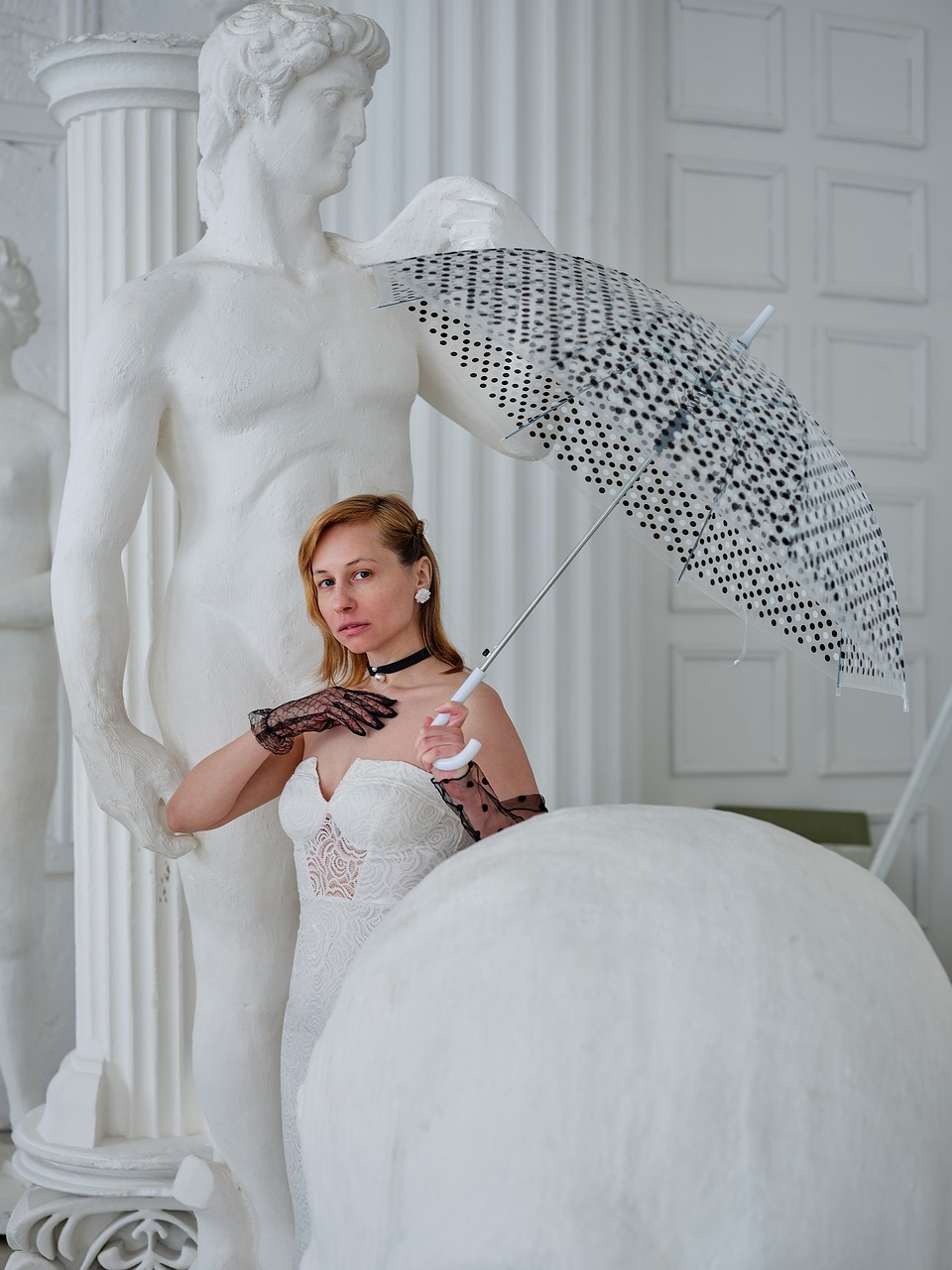A user-generated gallery showcases a variety of representations of the deity Apollo from both Greek and Roman mythology. Recognized as the offspring of Zeus and the twin brother of Artemis, Apollo embodies roles such as the god of music, healing, and light. This exhibition offers diverse interpretations of Apollo through the ages.
One highlight is a half-life-size marble statue crafted by Antonio Canova, reflecting the Neoclassical style. The sculpture captures a contemplative moment, echoing the myth of Apollo’s unrequited love for the nymph Daphne, symbolized by the laurel wreath he wears—an emblem of her transformation after fleeing him.
Artus Quellinus presents a relief sculpture depicting Apollo triumphing over Python, the serpent representing darkness. The three-dimensional piece illustrates the sun conquering shadows, with Apollo positioned as the focal point, complete with a lyre, bow, and arrow, reinforcing his musical nature.
Another notable work is a bronze sculpture from Roman times emphasizing Apollo’s healing attributes alongside his martial prowess. This depiction focuses on his lyre and laurel, notably omitting the bow and arrow to highlight his gentler attributes. The posture—one leg relaxed and the other slightly bent—reflects the prevalent styles of its era.
An additional piece, a small Greek artifact, is believed to represent Apollo, possibly as a votive offering. Dating back to between 700 B.C. and 675 B.C., this three-dimensional object may have originally held a bow and arrow, symbolizing the god’s attributes.
A remarkable piece by François Girardon and Thomas Regnaudin illustrates seven figures, portraying Apollo being attended to by Nymphs. The three-dimensional sculpture emphasizes Apollo’s prominence, balanced by three nymphs on either side.
There’s also a terracotta Greek figure of Apollo depicted with a kithara, a musical instrument. Believed to be an offering to the gods or for funerary rites, it captures the essence of worship through music.
A lead sculpture by John Cheere, created in the 1700s, stands as a testament to Apollo’s enduring legacy, characterized by a classic pose with one relaxed leg.
Another marble figure, produced by the workshop of Joseph Wilton, depicts Apollo alongside what appears to be a laurel tree and a serpent entwined around it. This imagery emphasizes Apollo’s dual role as a healer and as a figure of light, signifying his victory over darkness.
A gold coin dating back to 323 B.C. to 315 B.C. features a laureated portrait of Apollo, with intricate textures enhancing his features. The coin’s reverse side depicts a figure guiding a two-horse chariot, framing Apollo in a context of authority and divinity.
Additionally, a marble statue reveals Apollo with a laurel wreath, omphalos, and a tripod, reflecting traditional male ideals and order. This three-dimensional artwork captures Apollo with one leg relaxed and the other gently bent, characteristic of classical representations.
Through these various artworks, the gallery illuminates Apollo’s multifaceted personality and his significance throughout history.



